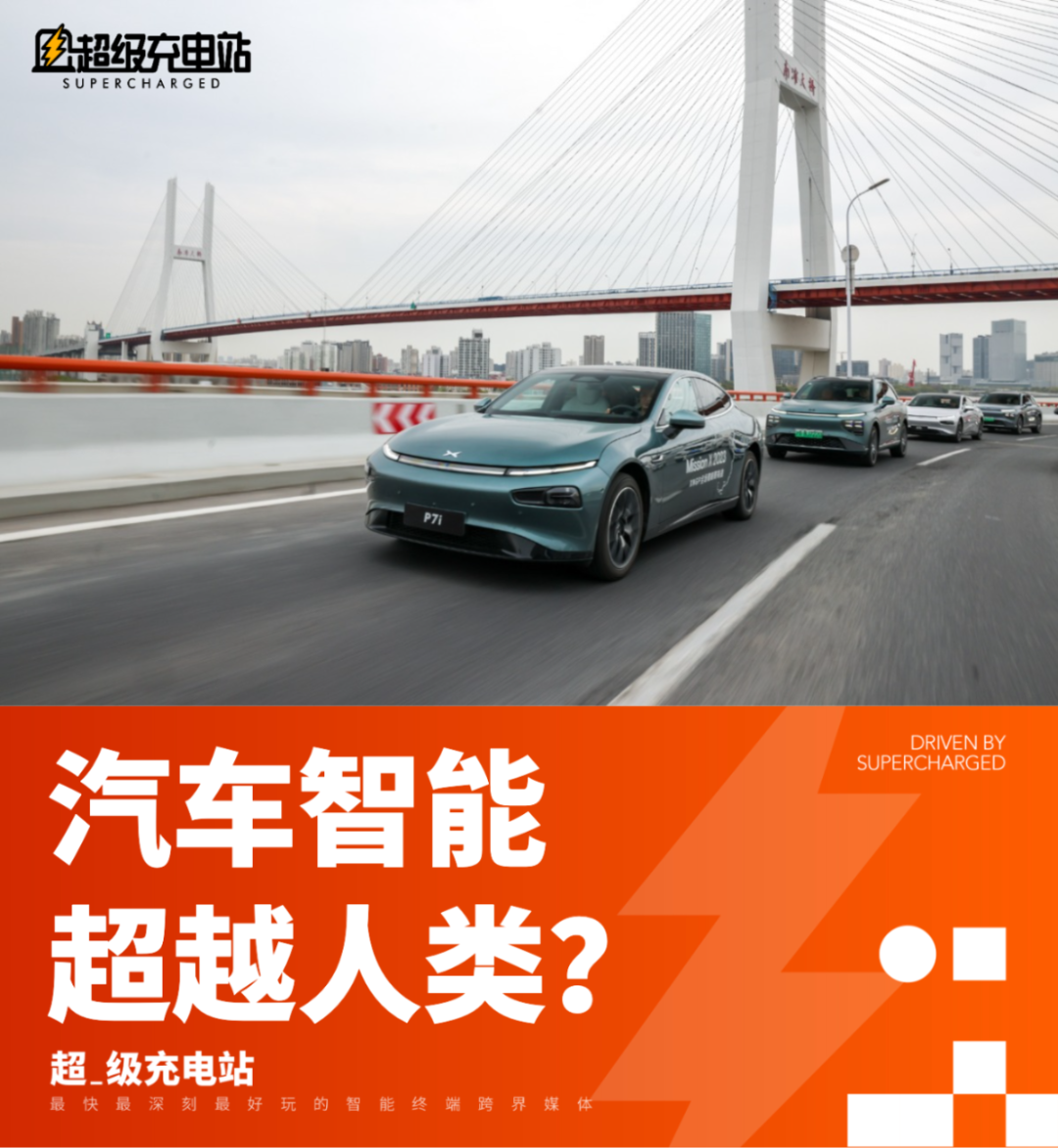Translate the following Chinese Markdown text into English Markdown text in a professional manner, retaining the HTML tags in Markdown, and output only the result.
Author: Chang Yan
The reason why Xpeng chose to hold this press conference at the last moment on March 31st is probably for fear that the content would be too advanced and be taken as an April Fool’s joke.
Although most technology press conferences have long-term visions that are only ideal, Xpeng has described its future goals and product statuses in the field of intelligent driving very clearly:
“Between 2024 and 2025, AI will be better at driving than humans on certain routes,” said Wu Xinzhou, vice president of autonomous driving at Xpeng Motors.

The technological means to achieve this goal is the XNGP, which was officially launched yesterday.

To be realistic, Xpeng has already introduced X tech terms with NGP. Even I sometimes need to think about it to figure out the corresponding Chinese meanings. However, the meaning of XNGP this time is that you don’t need to worry about it anymore. The previous X technologies are all covered by this XNGP.
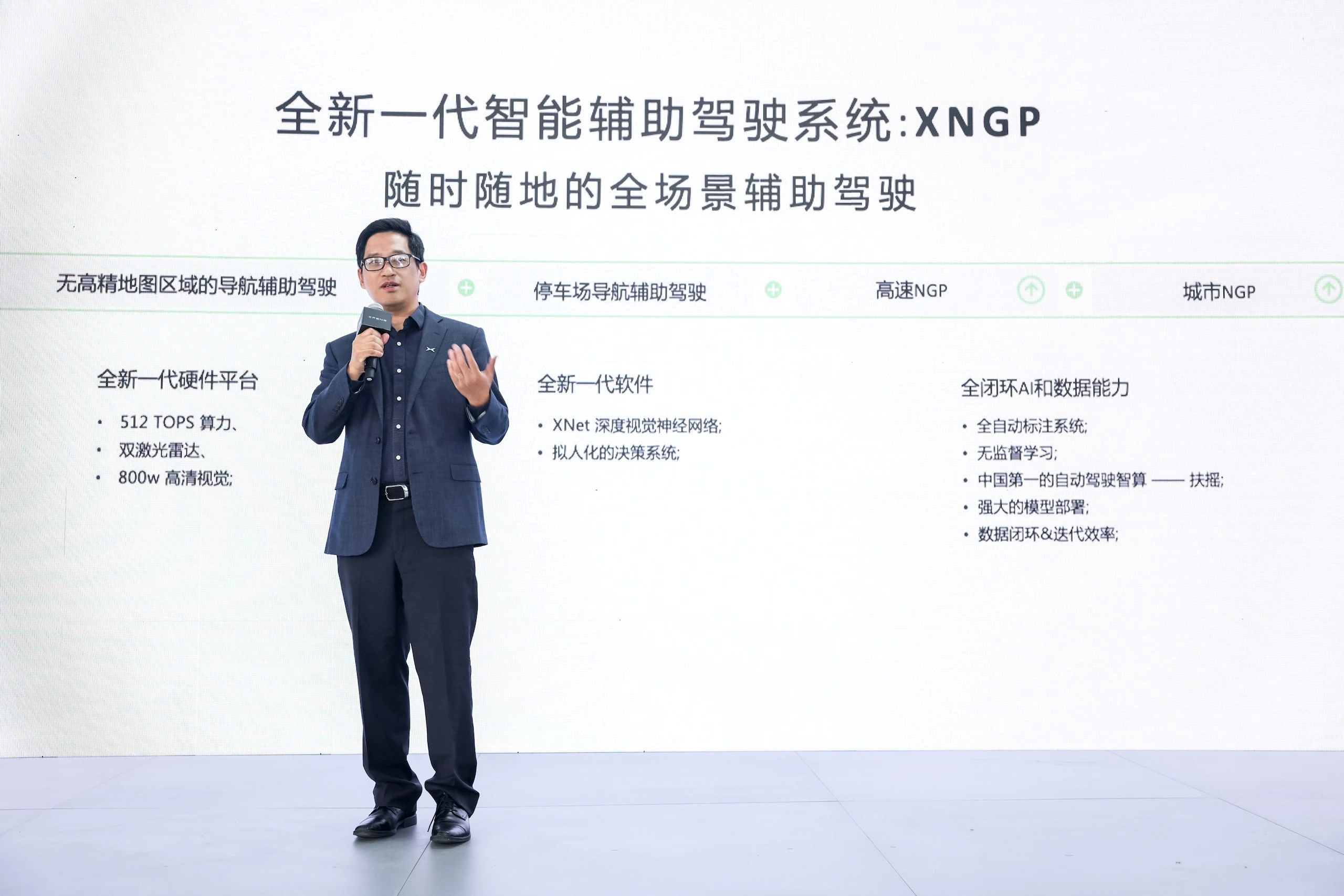
Xpeng defines XNGP as the second-generation intelligent assisted driving system of Xpeng Motors, with the goal of achieving ubiquitous full-scenario assisted driving.
To understand it more clearly, this system still requires human supervision, but in its final technical form, it will cover all scenarios of daily car use.
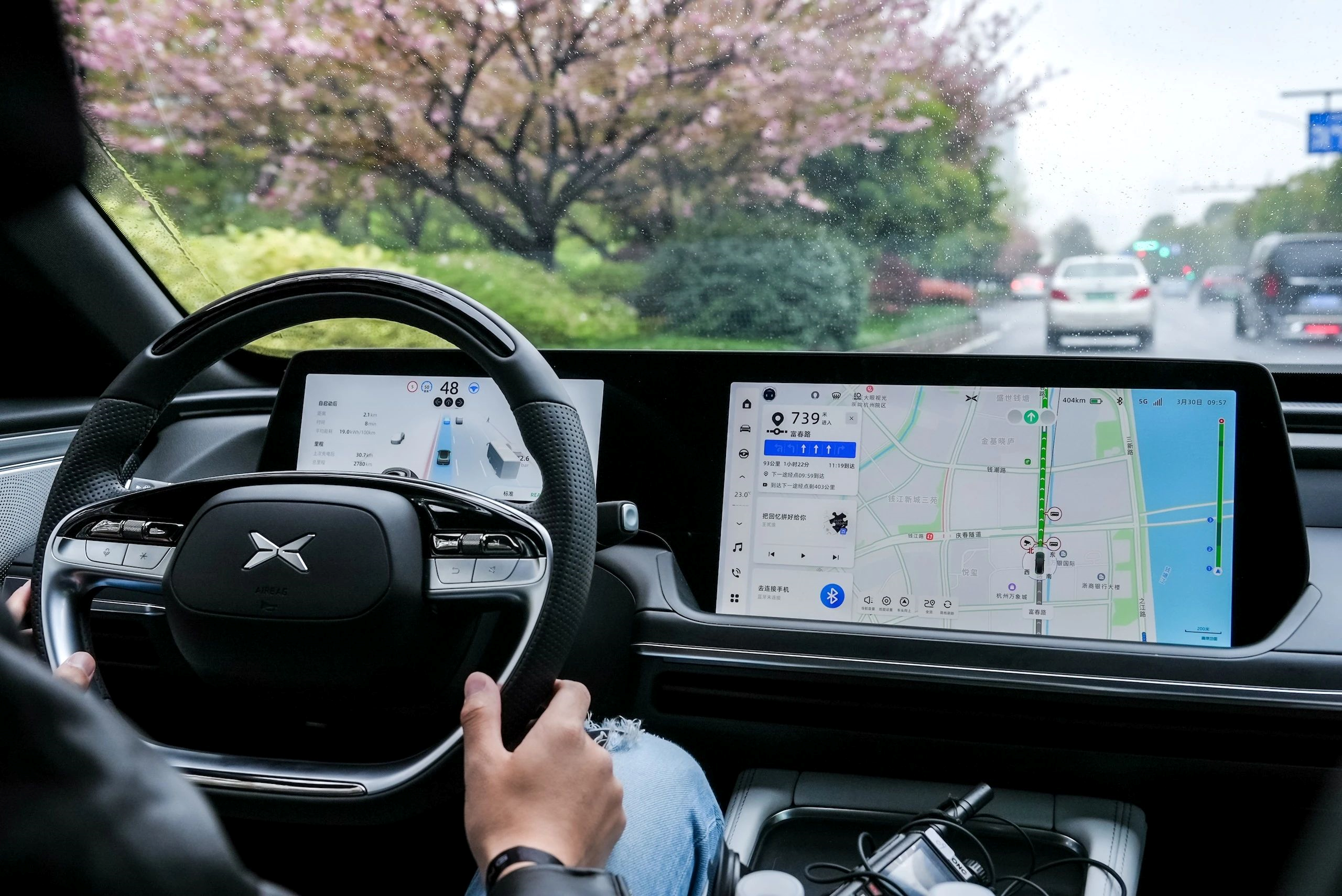
XNGP will combine the current high-speed NGP, urban NGP, and parking lot navigation assisted driving, and achieve “from P gear to P gear,” “from co-pilot to control” driving scenarios through region-based navigation assisted driving without high-precision maps, ultimately enabling nationwide, full-time, everyday usage.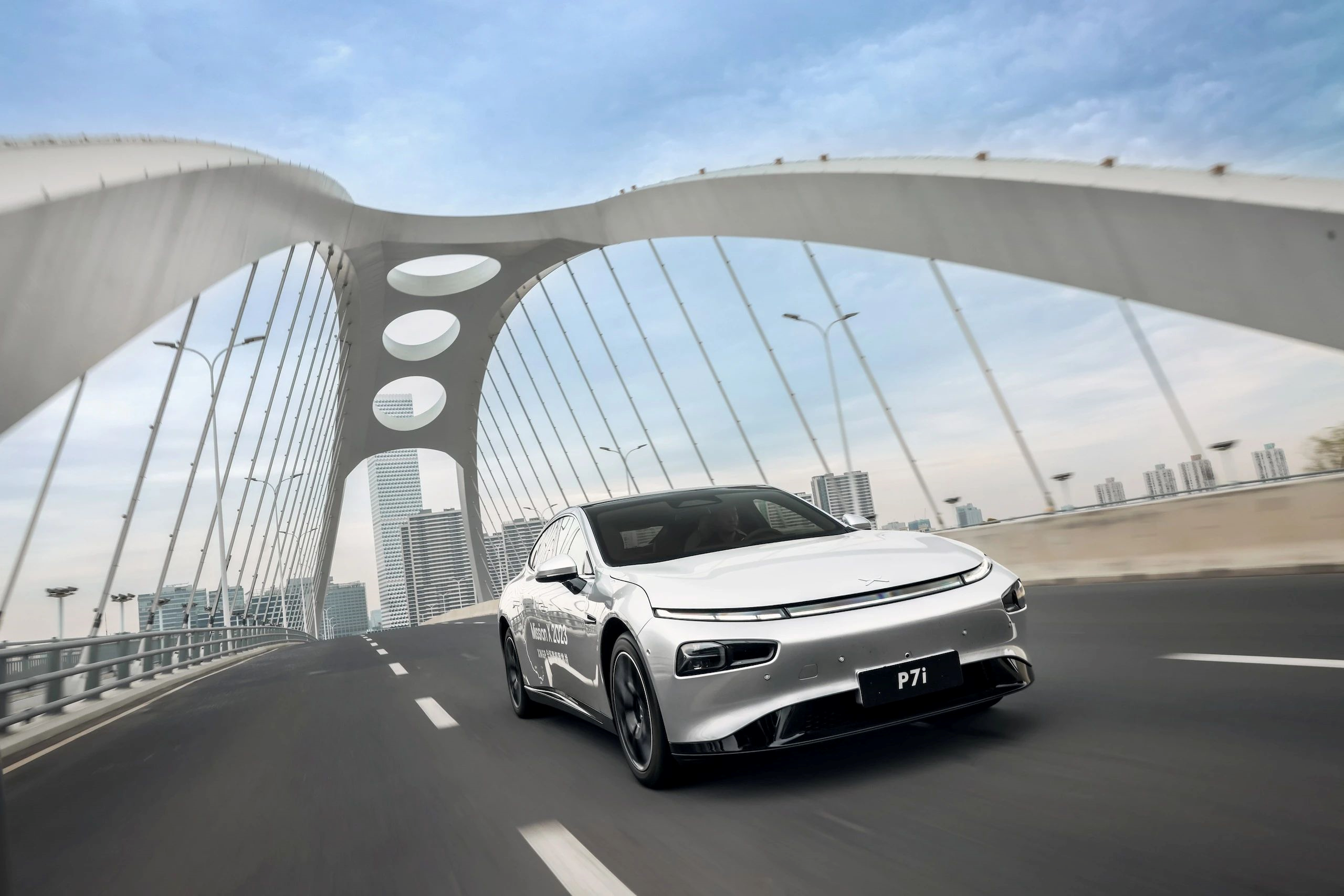
At first glance, this seems to be the common goal of all brands’ assisted driving systems. However, Xpeng is achieving it much faster than others.
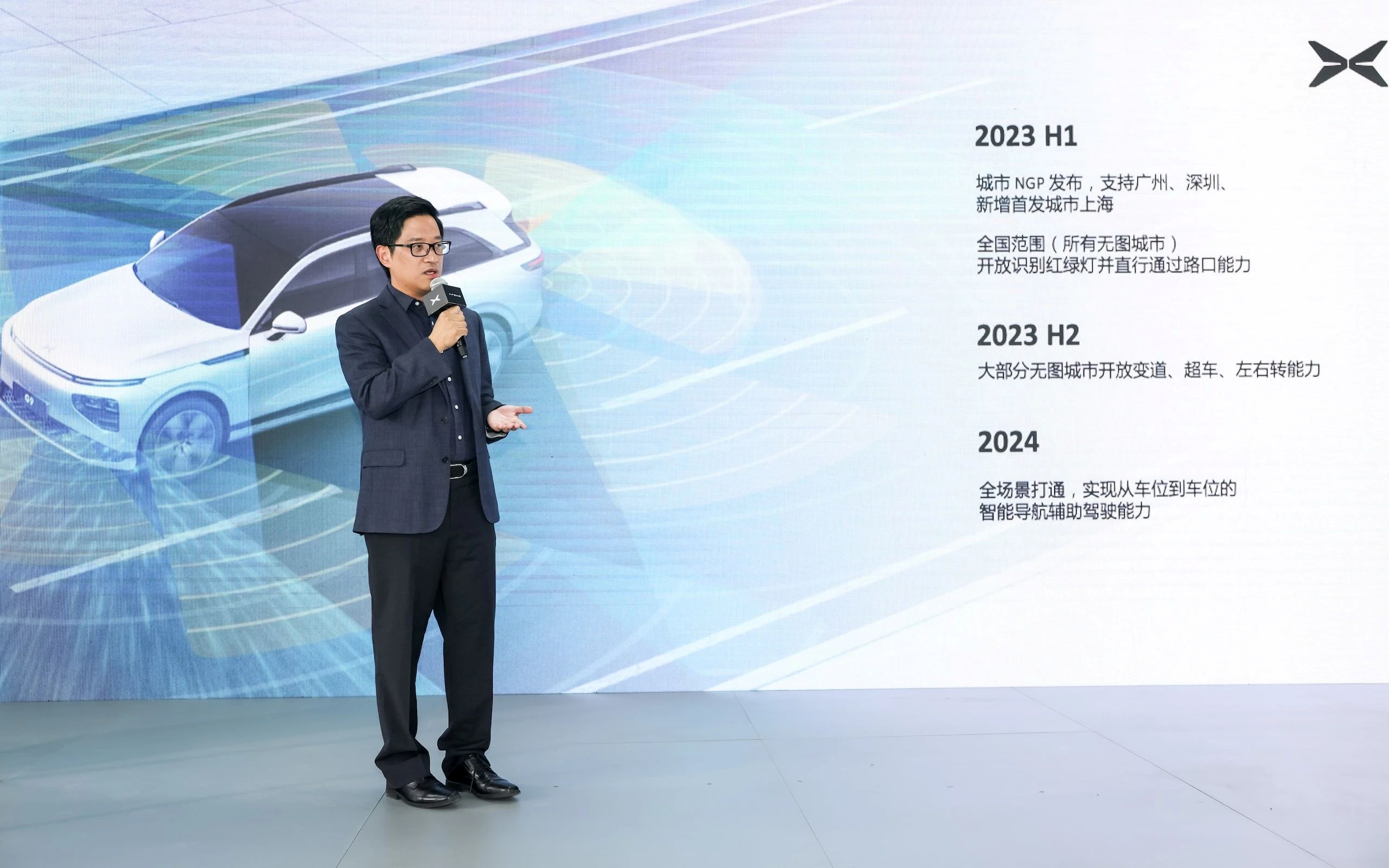
On March 31st, the G9 and P7i models will receive the first version update.
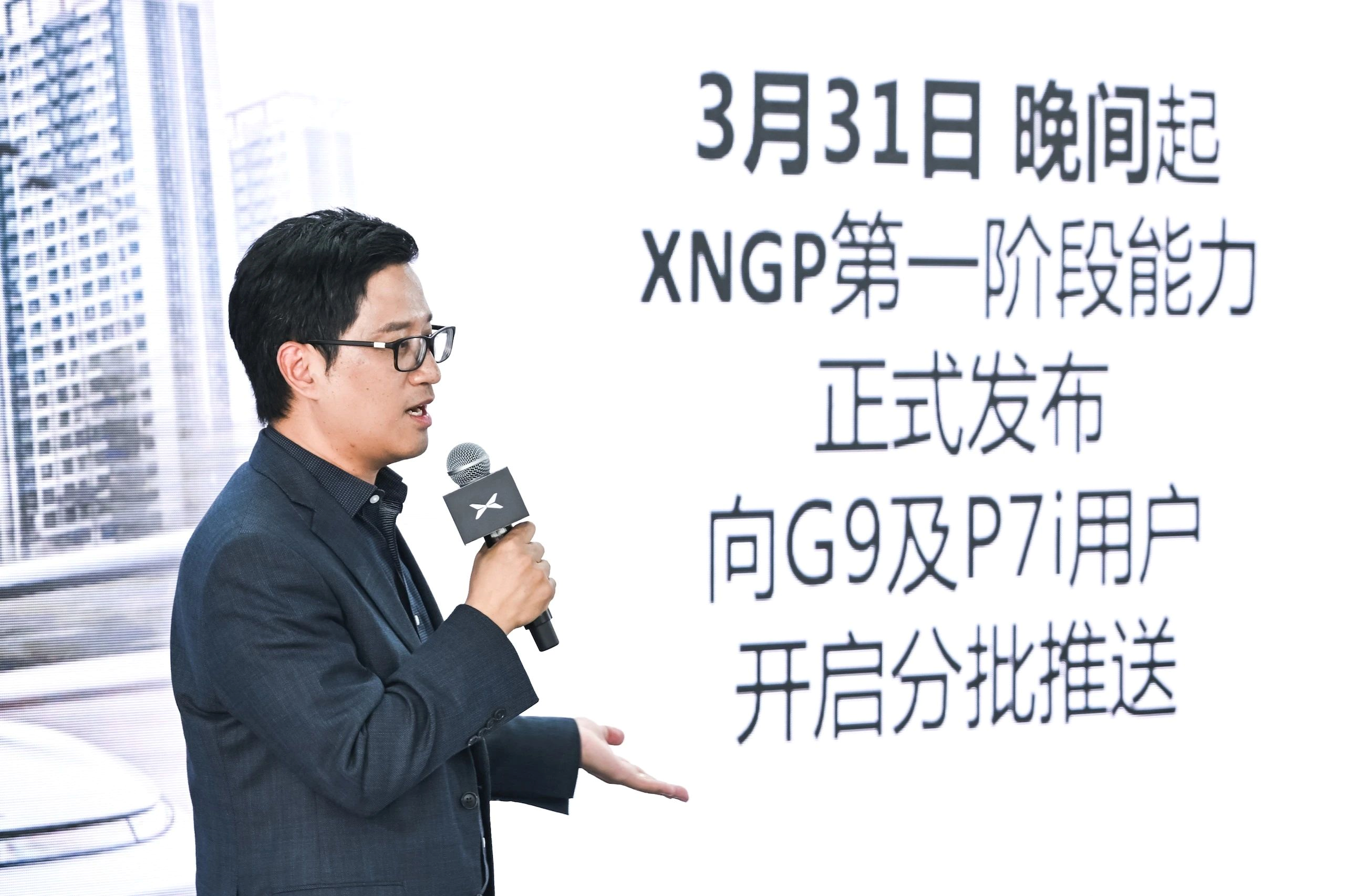
In the first half of 2023, Xpeng will launch urban NGP in Guangzhou, Shenzhen, and Shanghai, and enable traffic light recognition and intersection crossing in other cities nationwide. In the second half, lane-changing, overtaking, and turning abilities will be introduced in most map-less cities. By 2024, a seamlessly connected full-scenario Intelligent Navigation Assisted Driving (XNGP) capability, “approaching L4 level autonomous driving,” will be realized from parking space to parking space.
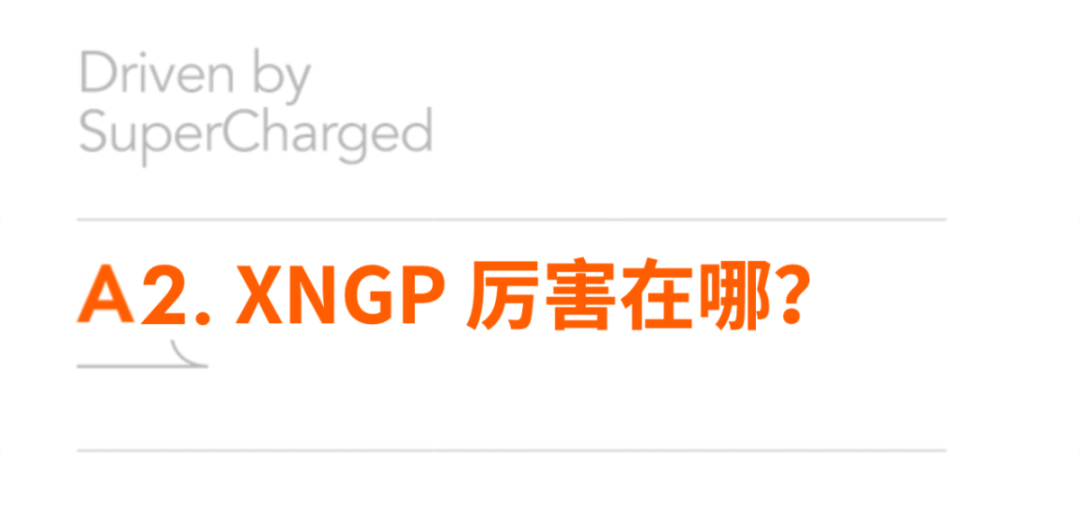
In the numerous feature introductions just now, you may have noticed the striking term “map-less.”
On the road to advanced autonomous driving, the industry once believed that LiDAR and high-precision maps were two effective crutches. However, it wasn’t long before they discovered just how much effort was required to create high-precision maps.
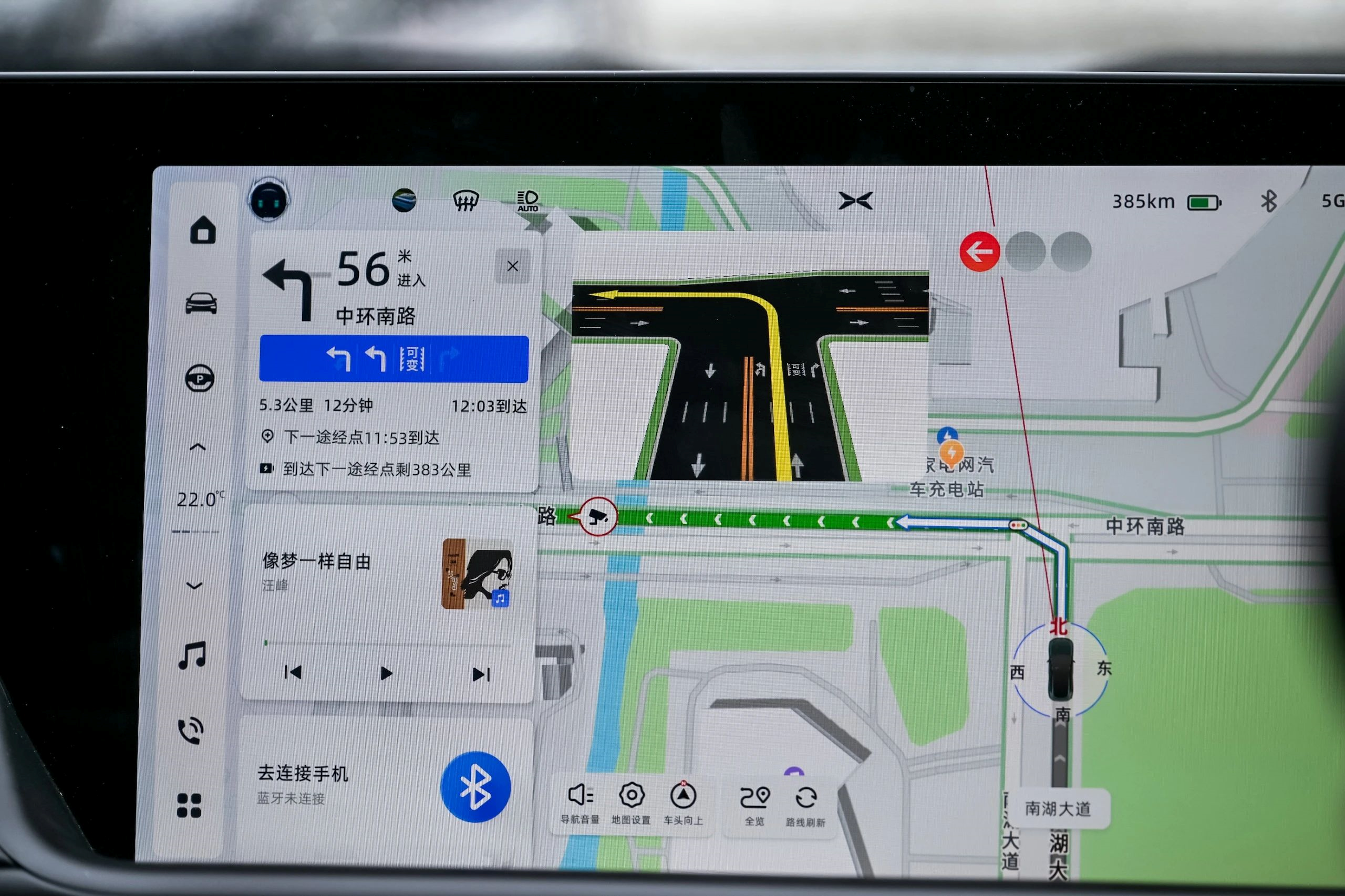
Yu Chengdong mentioned at this year’s Huawei All-Scenario Launch, “It took us a long time and we still couldn’t create a map of a small street in Shanghai.” Consequently, as car manufacturers were once infatuated with high-precision maps, they are now discarding them just as resolutely.Xpeng became the first in China to achieve this.
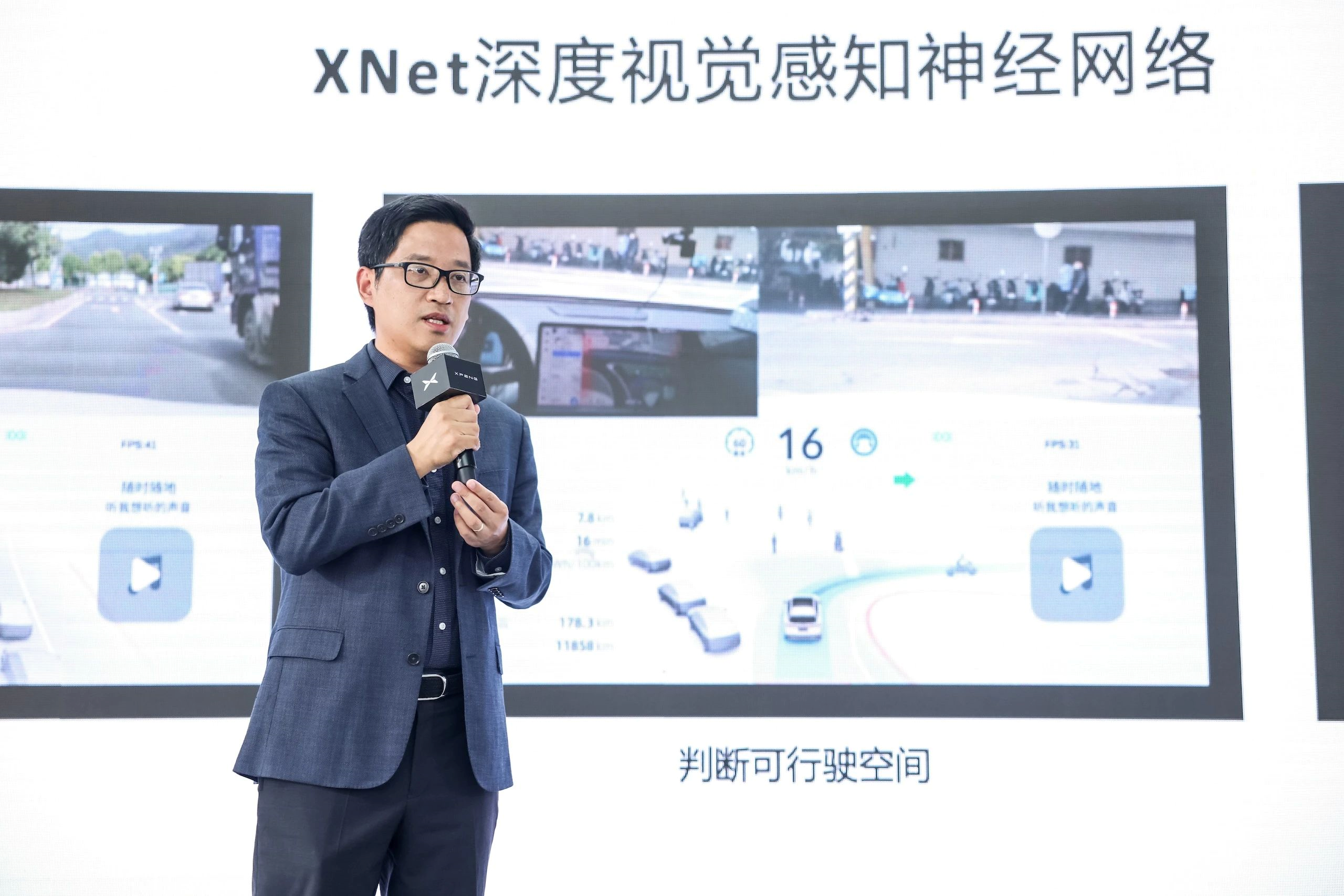
XNGP will be the first in the industry to eliminate dependence on high-precision maps, based on China’s first and only mass-produced BEV perception XNet deep vision neural network.
Do not habitually understand BEV as a purely electric vehicle, it is the abbreviation of Bird’s Eye View, you can understand it as an aerial view or more colloquially as a God’s eye view.
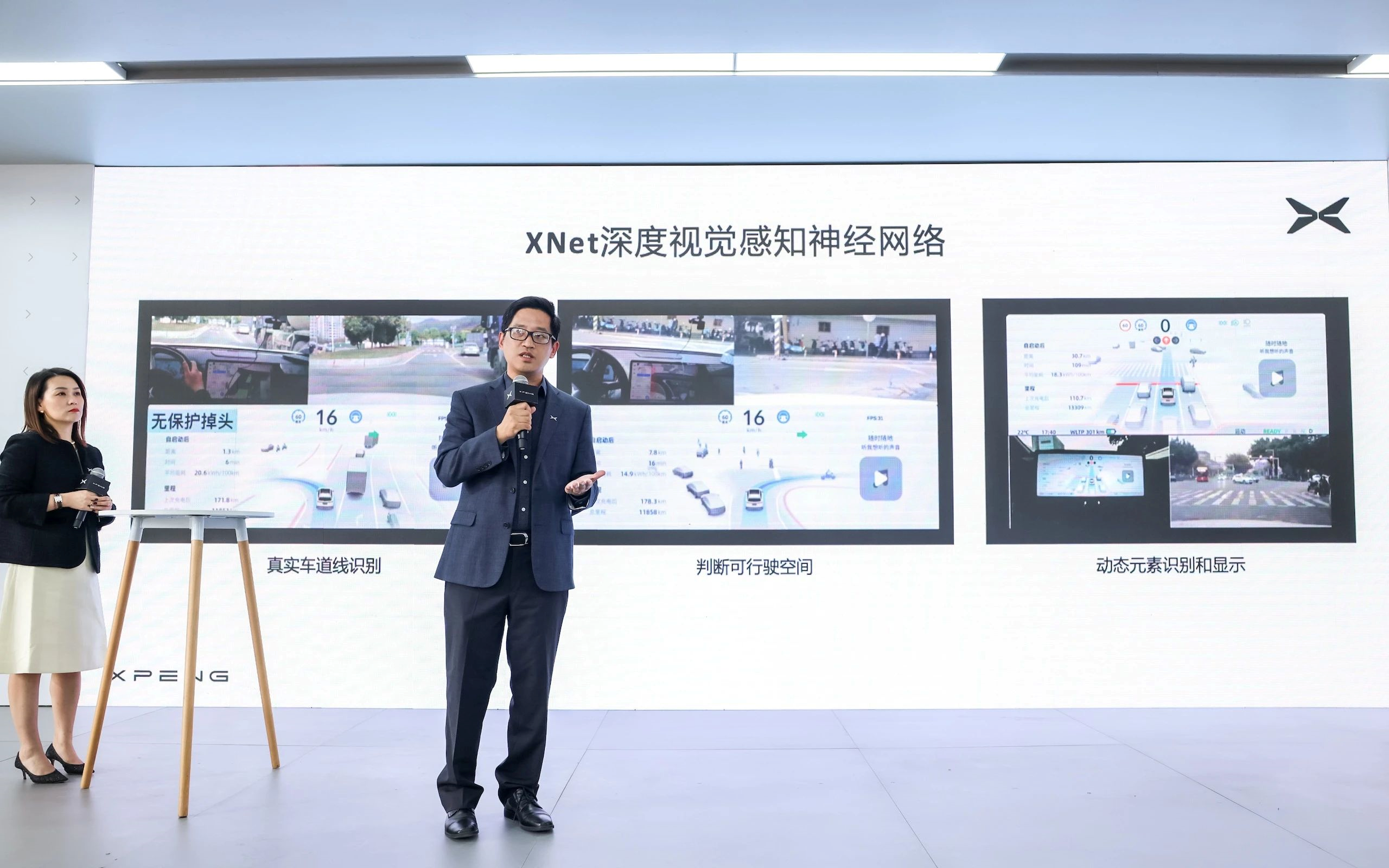
From tank battles to Grand Theft Auto to Need for Speed, we’ve understood from a young age that the clearer we understand our surroundings and the road ahead, the more predictable our next move. But how do we gain this understanding? Certainly through our eyes.
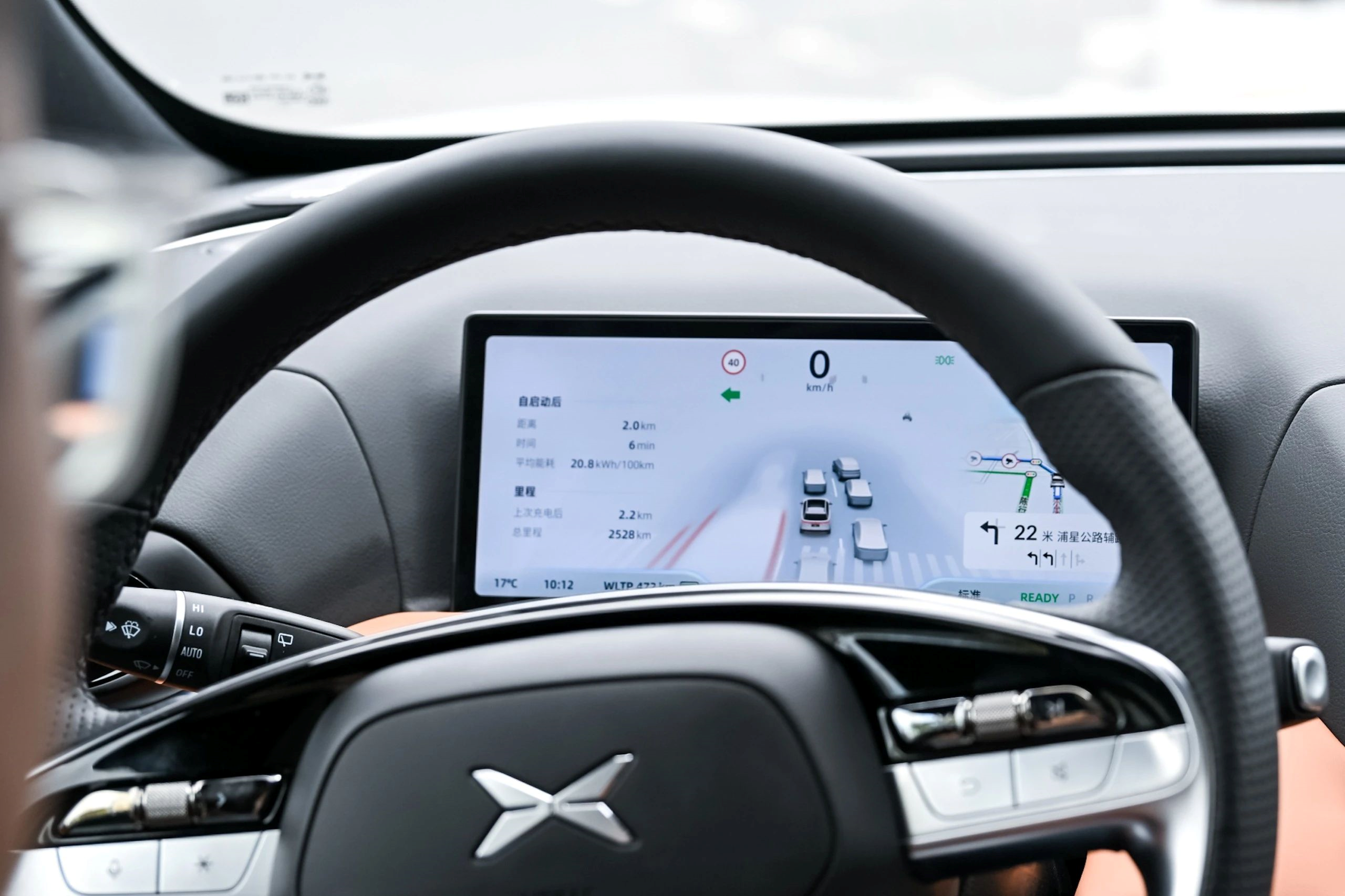
XNet, by fusing multi-frame temporal data collected from multiple cameras, outputs 4D information (vehicle speed/distance, etc.) of dynamic targets and 3D information (lane lines/road edges, etc.) of static targets in BEV view. This achieves real-time generation of “high-precision maps” and powerful 360-degree perception capability, as well as speed and prediction based on pure visual perception.

With AI and data capabilities that Xpeng has already achieved end-to-end, XNet can also quickly expand between different cities.
So why doesn’t Xpeng spread the technology all over the world right away?
 Wu Xinzhou’s answer states three reasons:
Wu Xinzhou’s answer states three reasons:
-
Workload: Although the technology has been implemented, there is still a massive amount of technical work to be completed.
-
Safety: Xpeng will not launch XNGP in cities where road tests have not been conducted.
-
Indeed, there are many strange scenarios, such as the rumored bear patterns on traffic lights in Shijiazhuang, which surprised even me as a resident of Shijiazhuang.
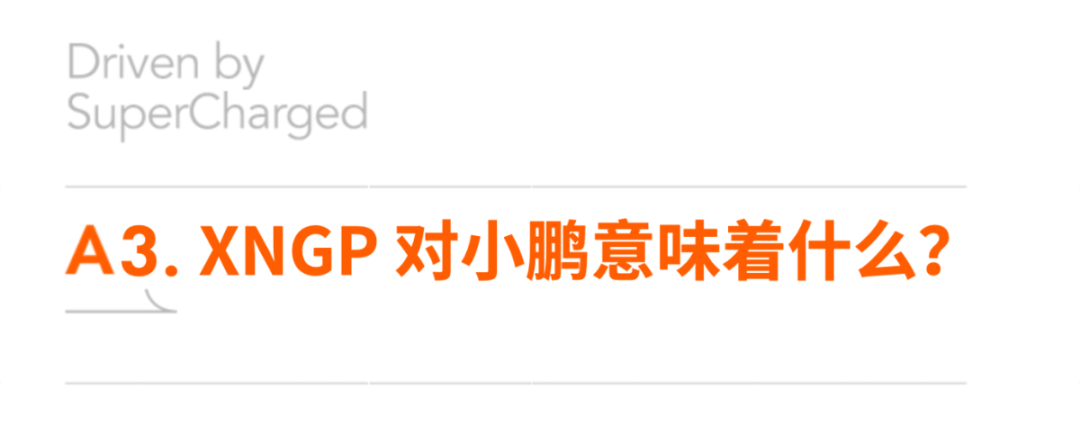
Many people underestimated He Xiaopeng’s speech at the recent earnings conference.
I once joked that this could be considered Xpeng Motors’ Master Plan 2.0.
This speech marked a shift away from the previous individualistic working approach centered around car models, back to a systemic and organizational strategy, with XNGP playing an unprecedentedly crucial role.
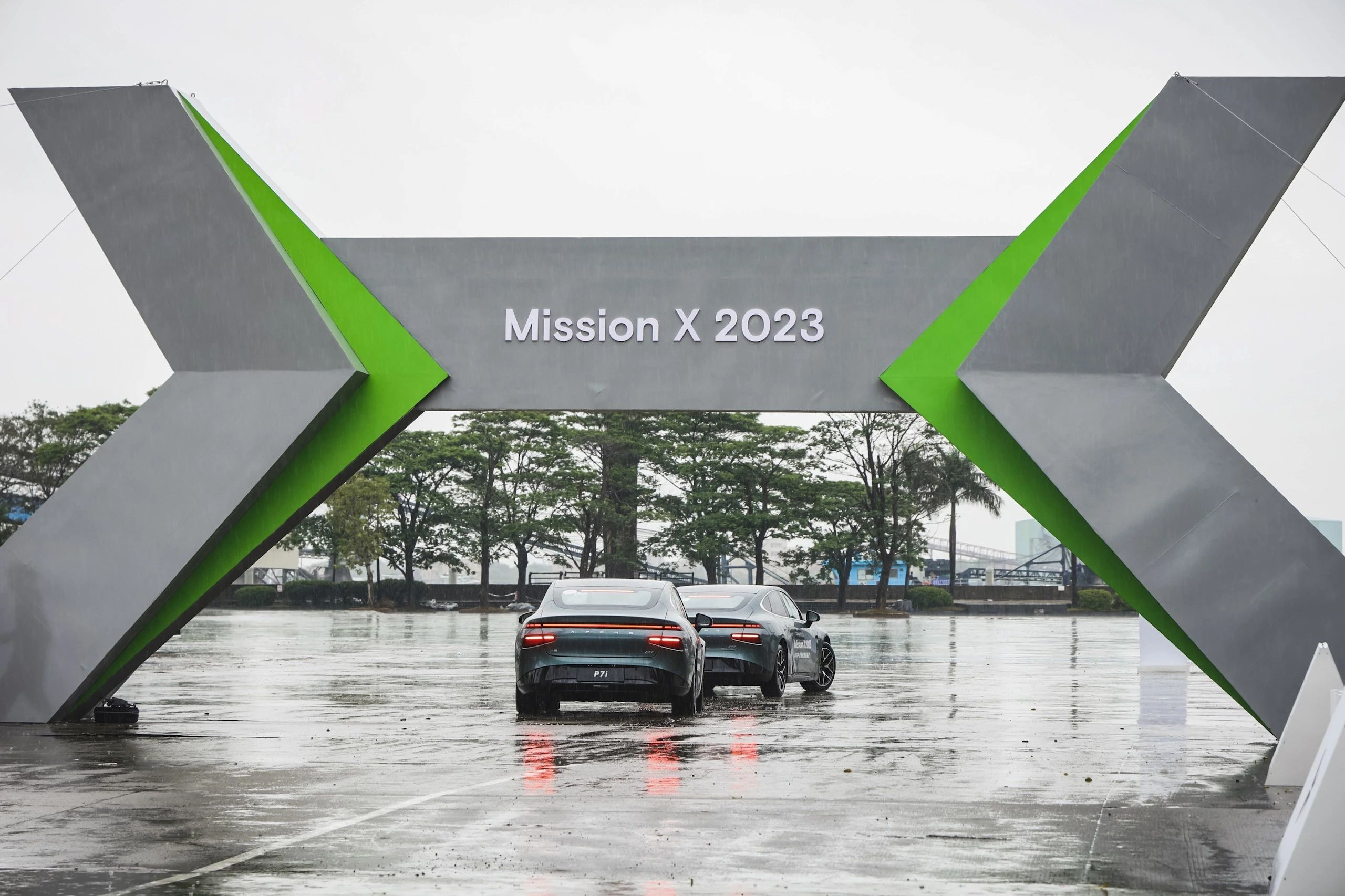
In terms of user impact, He Xiaopeng stated, “From our test results, the new version of XNGP will significantly outperform our competitors’ actual usage in the U.S., and Xpeng’s autonomous driving technology and user adoption rate will reach a turning point.”
To complement the technological improvements, cost reductions will be implemented.
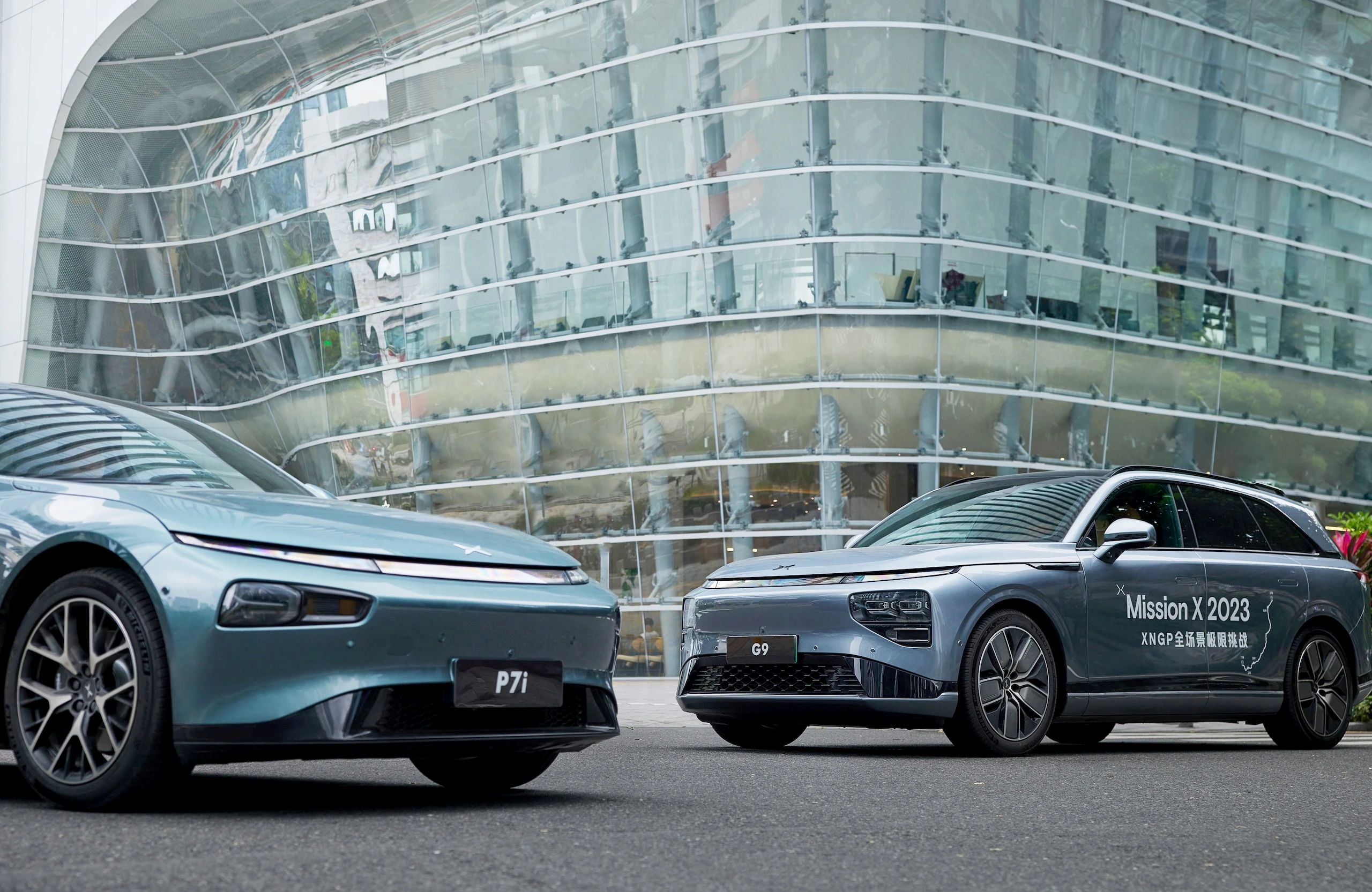
He Xiaopeng also mentioned, “In the past, our competitive advantage in technology R&D capabilities mainly manifested in superior performance, but moving forward, our R&D capabilities will reflect more in maintaining performance while significantly lowering costs. We have drawn up a clear execution roadmap, and through technological innovation and configuration optimization, we aim to achieve over 50% cost reduction in autonomous driving and around 25% cost reduction in overall vehicle hardware, including the power system, from this year to next year.”
This means that a comprehensively platform-based and cost-efficient intelligent driving system will become the key for Xpeng’s counter-trend growth.From this perspective, establishing an accurate and effective understanding of XNGP is indispensable for Xpeng.
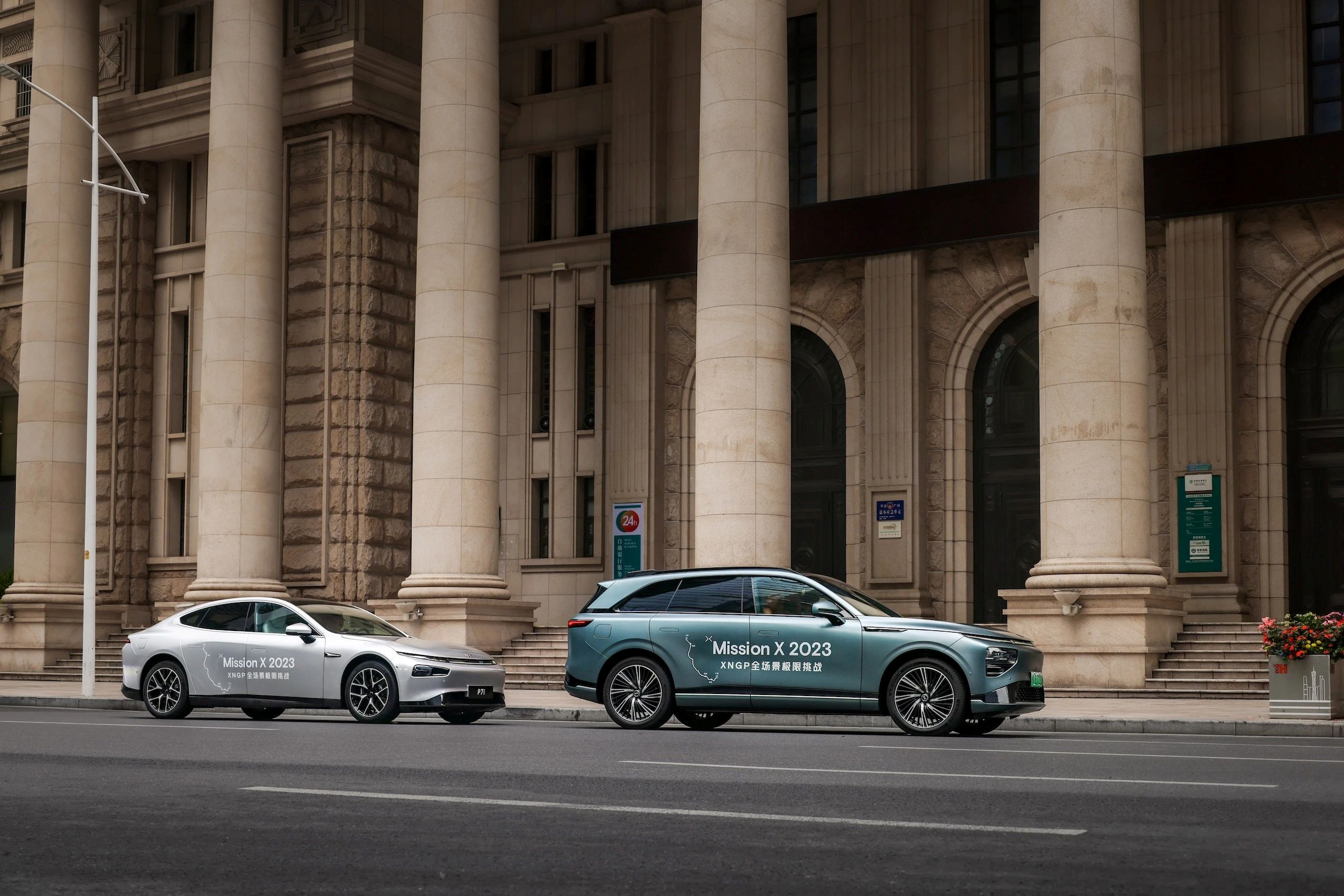
However, this is also where the challenge lies for the Xpeng team. On one hand, various low-cost solutions are emerging, significantly diluting consumer admiration for advanced assisted driving technology. On the other hand, this year’s technology competition is unprecedentedly fierce. Domestic rivals are launching similar technologies with a time difference calculated in weeks, not to mention attacks from foreign competitors, all of which pose challenges to XNGP’s cutting-edge and exclusivity.
Nonetheless, He Xiaopeng is clearly firm and optimistic. He reposted XNGP news on his social media today, stating: “Although this is only the first step, XNGP will gradually demonstrate the power of the arrival of the true intelligent car era to everyone within these five years.”

Also, I insisted on finishing this article today, no matter what, because today marks the 3rd anniversary of the Super Charging Station. We too, are showcasing our evergreen original intentions through a very noticeable round of updates. Looking back, Xpeng was the first car manufacturer to invite us to an event after our establishment. We are deeply grateful for their kindness and believe that today, after years of honing our skills, is an especially fitting time to set out and look back.
We wish Xpeng the best of luck.
This article is a translation by ChatGPT of a Chinese report from 42HOW. If you have any questions about it, please email bd@42how.com.
